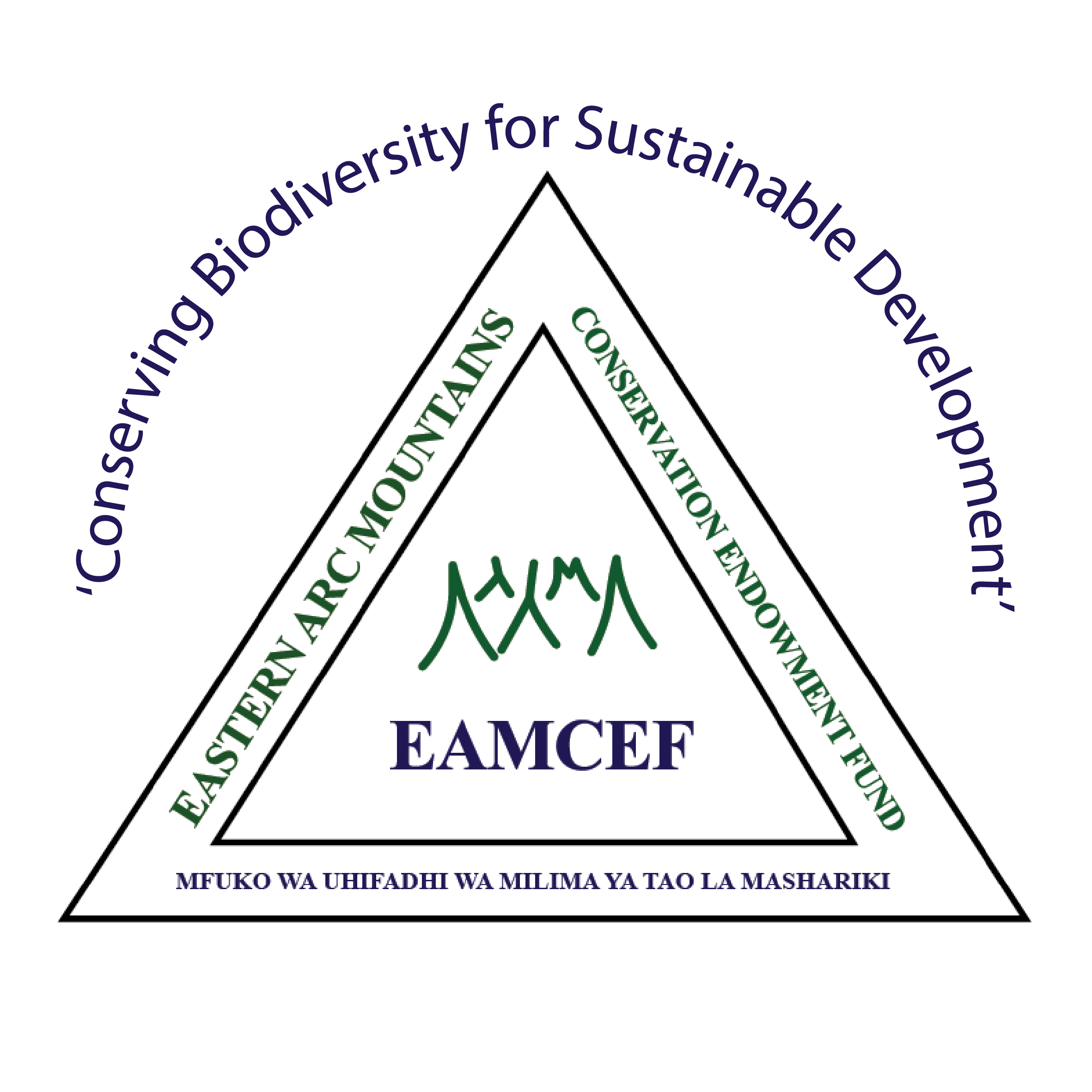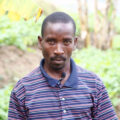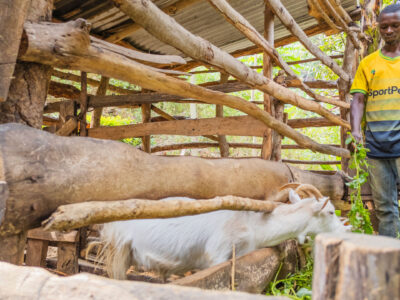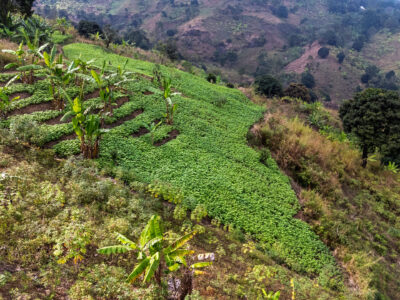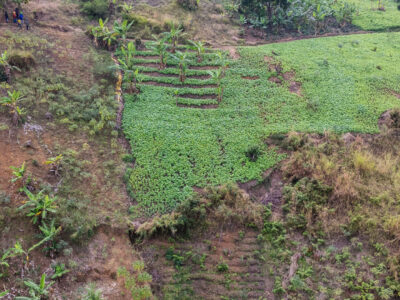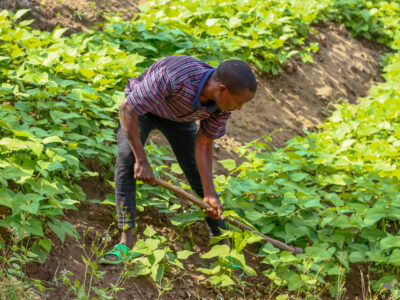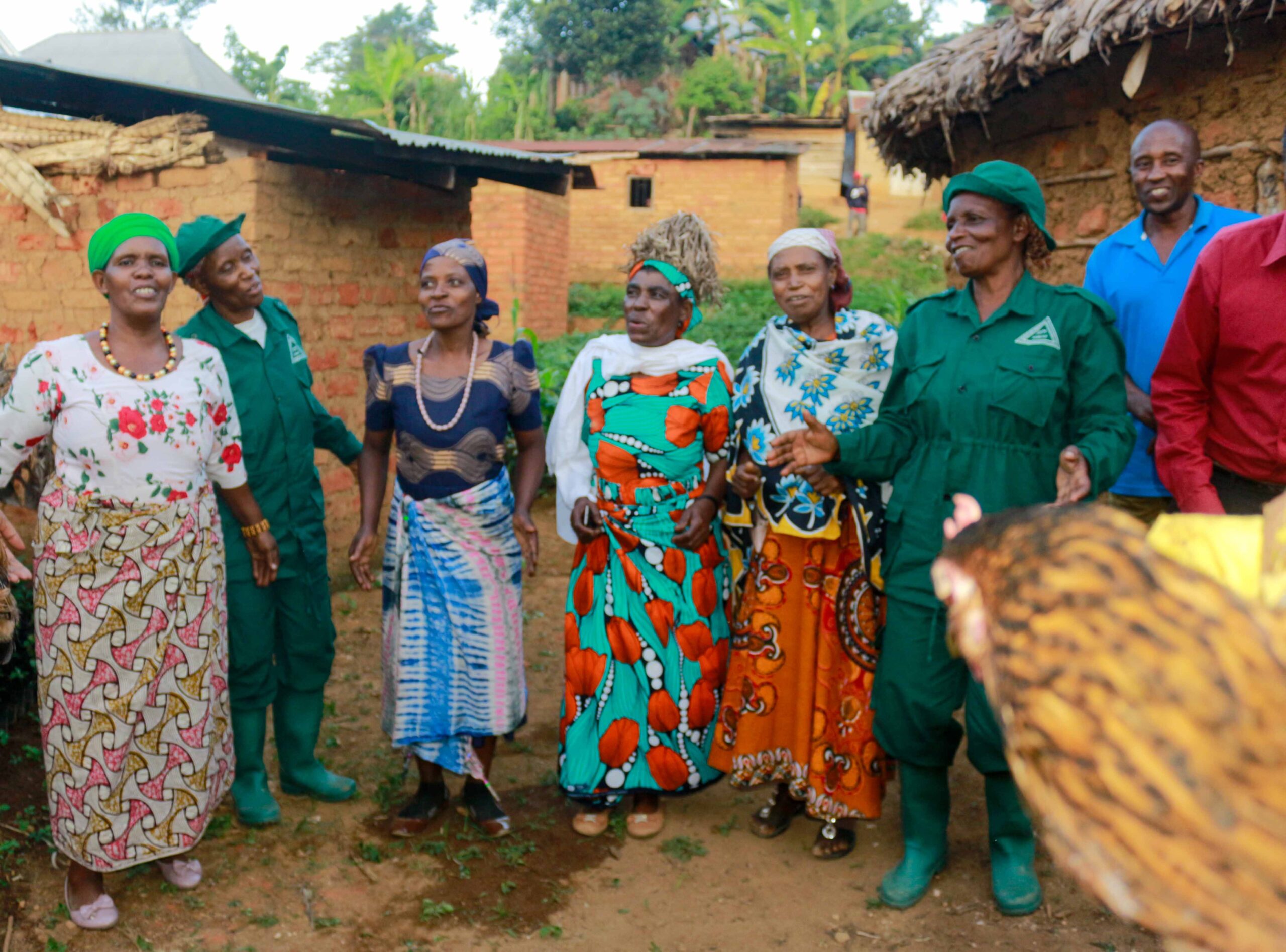Ecotourism infrastructure in the Eastern Arc Mountains has been significantly improved thanks to the efforts…

Terrace farming has emerged as a key solution to soil degradation in the areas surrounding the Uluguru Nature Forest Reserve, within the Morogoro Municipal Council. For years, farmers relied on slash-and-burn agriculture, locally known as “sesa,” migrating to new plots annually in search of fertile land. This unsustainable practice led to widespread deforestation, destruction of water sources, and soil erosion, severely damaging agricultural land and the fragile ecosystem of the Uluguru Nature Forest Reserve. The abandoned, barren land lost its fertility, drastically reducing crop productivity and farmers’ livelihoods.
To tackle this crisis, the Eastern Arc Mountains Conservation Endowment Fund (EAMCEF), in partnership with the Morogoro Municipal Council, implemented a conservation project focused on protecting water sources, preventing soil erosion, and ending deforestation. Central to this initiative was the introduction of terrace farming—a sustainable agricultural method that allows farmers to stay on the same plots long-term. Terrace farming prevents soil erosion, enables the use of organic manure to boost soil fertility, and eliminates the need for shifting cultivation.
Thanks to this approach, forest destruction and shifting agriculture have sharply declined. Farmers now enjoy improved yields and increased stability, remaining on their plots and cultivating them year after year. The occurrence of forest fires has also reduced, as there’s no longer a need to clear new forest areas for farming or hunting.
Overall, this project has not only preserved the Uluguru Mountains’ environment but has also enhanced farmers’ lives. With terrace farming, communities have seen a remarkable rise in crop production, proving the method’s long-term benefits for both agriculture and environmental conservation.
Through this farming method, EAMCEF provides incentives in the form of dairy goats to farmers who adopt terrace farming practices. These goats offer several benefits to project beneficiaries, including:
